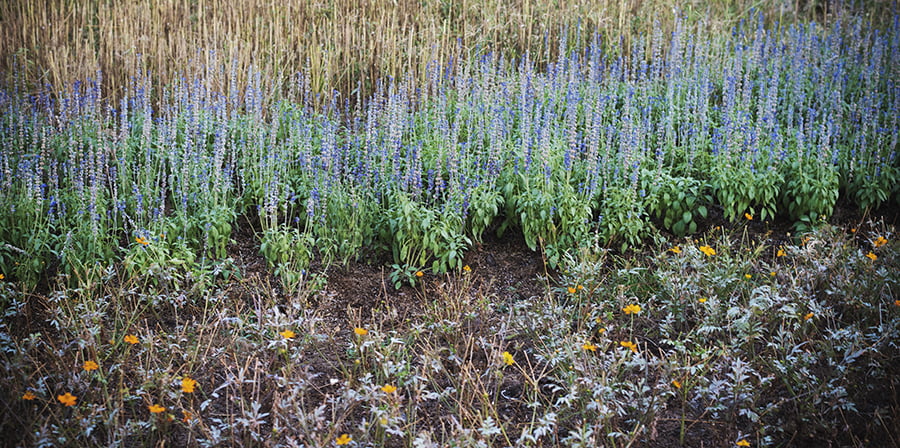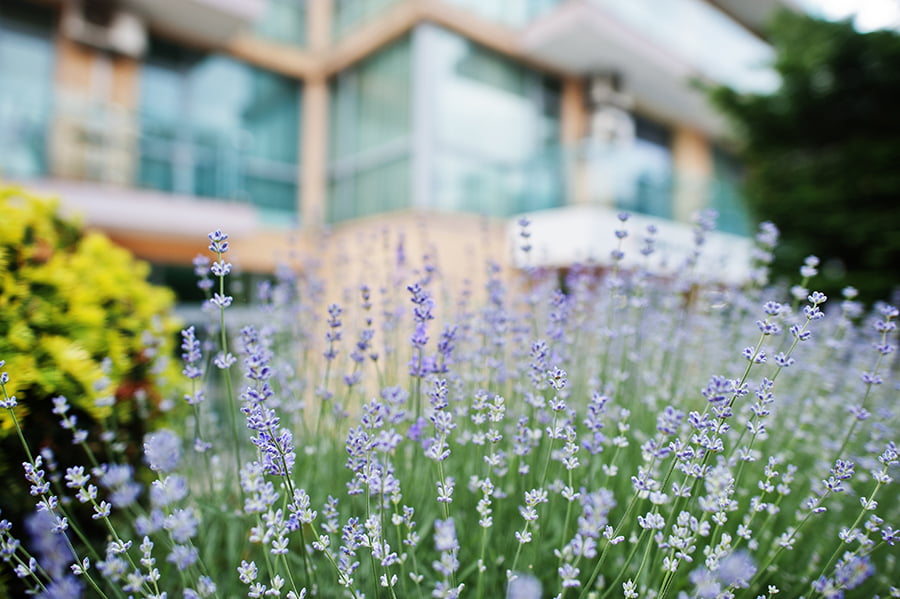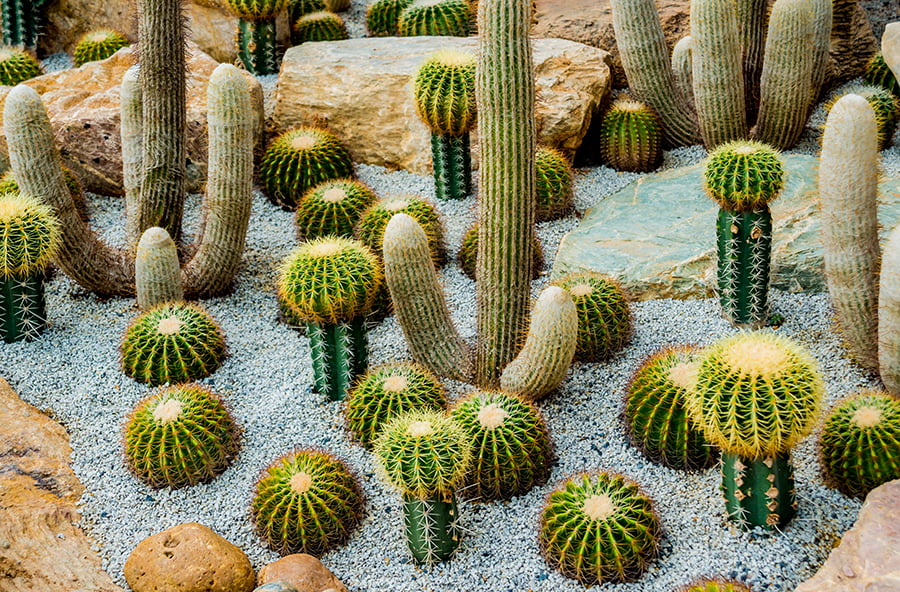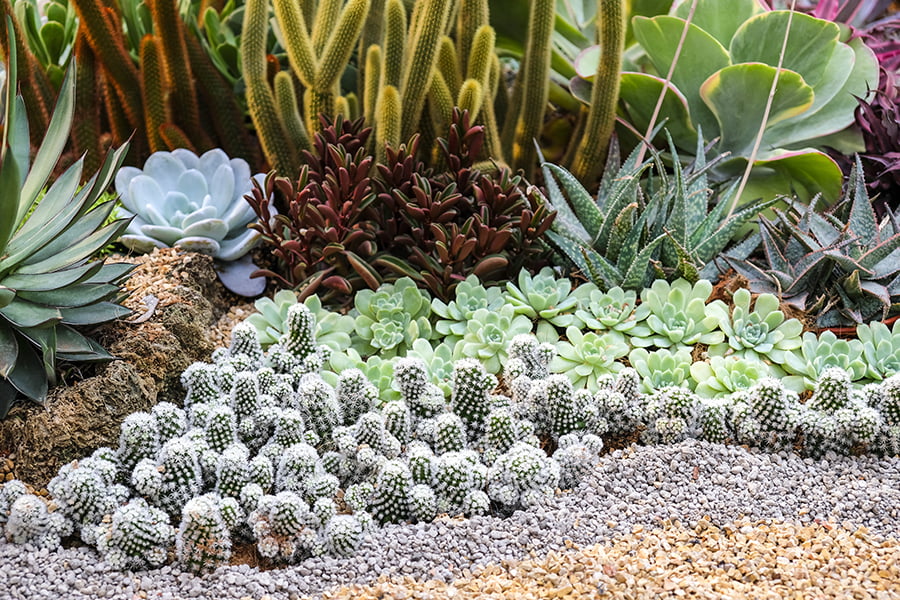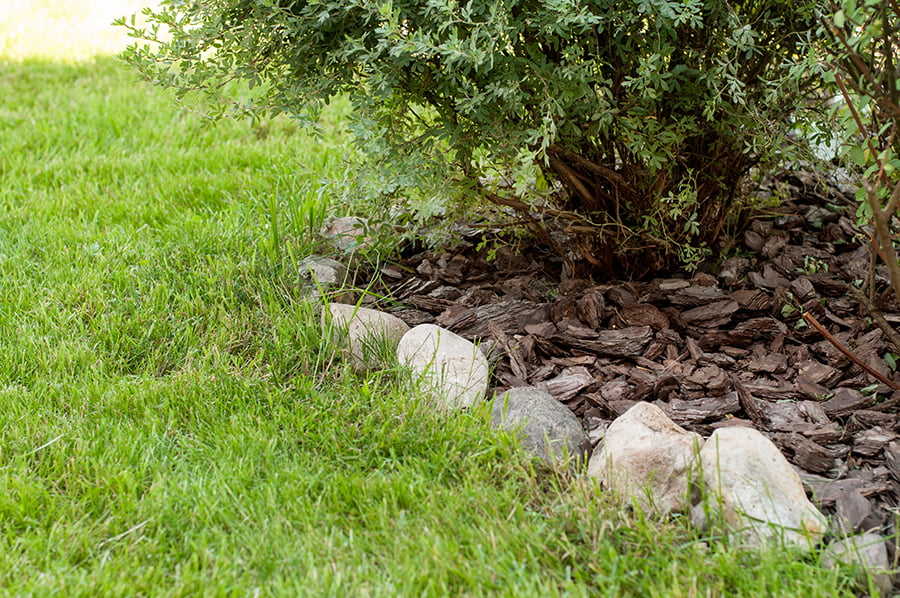Some budget-friendly xeriscaping ideas include using native plants, mulching with organic materials, creating dry creek beds and rock gardens, installing a drip irrigation system, and incorporating raised garden beds.
If you’re looking for ways to save money on your landscaping project while still creating a beautiful outdoor space, xeriscaping is an excellent option. Xeriscaping is a water-wise approach to landscaping that uses native plants and other drought-tolerant techniques to create a sustainable, low-maintenance garden.
In this blog post, we’ll explore some budget-friendly xeriscaping ideas that can help you create the perfect outdoor oasis without breaking the bank!
Using Native Plants
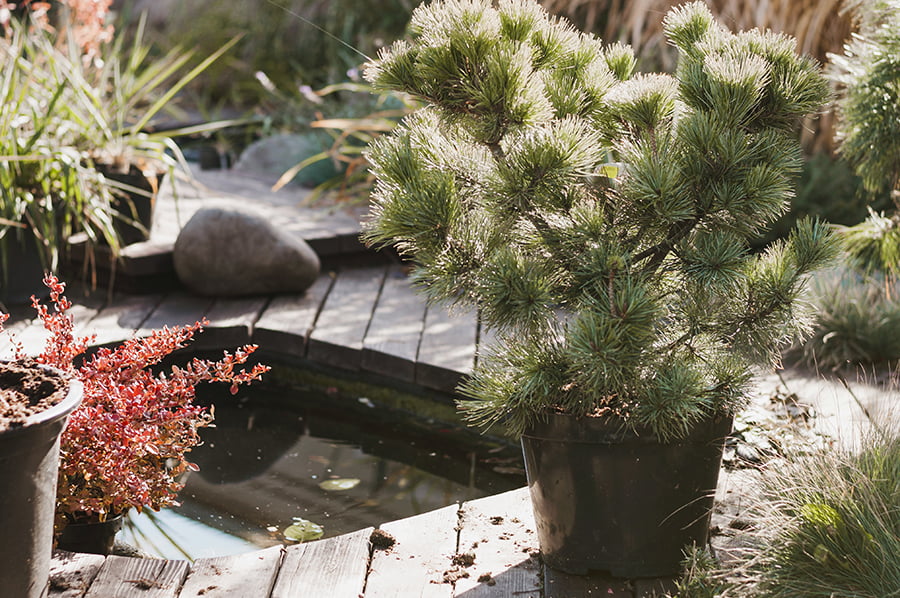
Native plants are those that naturally grow in an area, and they require less maintenance than non-native species. Using native plants for xeriscaping can be a budget-friendly option because they often require less water, fertilizer, and other resources than non-native varieties.
Since these plants are already adapted to the local climate and soil conditions, they tend to thrive with minimal care. This means fewer trips to the garden center or nursery for additional supplies or replacements due to plant failure.
Using native plants can help support local wildlife by providing food sources and habitats for birds and insects.
Installing a Drip Irrigation System
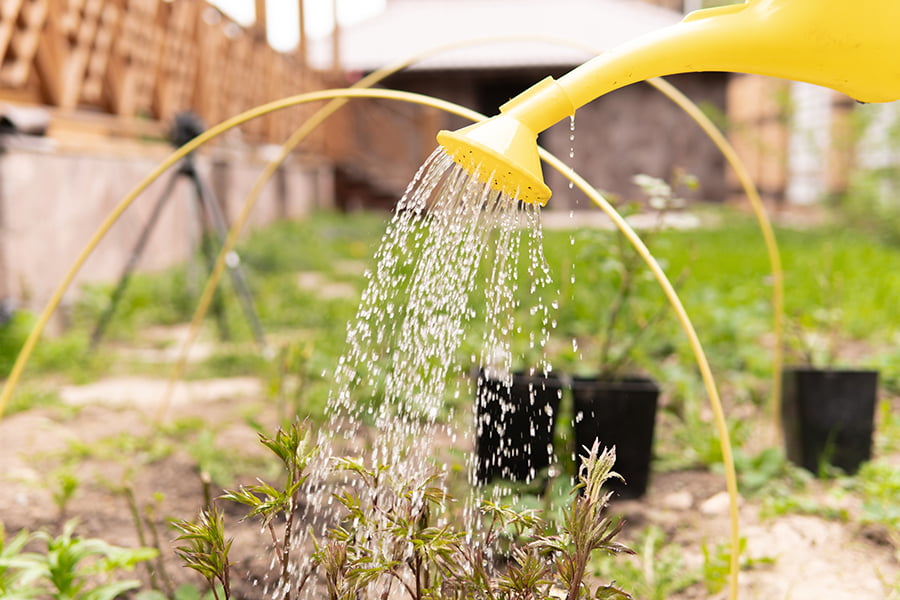
Drip irrigation systems use low-pressure water delivery, which reduces the amount of water used compared to traditional sprinkler systems. The system works by delivering small amounts of water directly to the roots of plants through a network of pipes, hoses, and emitters.
This allows for precise watering that targets only the areas that need it most, reducing waste and saving money on your water bill. Since the system delivers water slowly over time, it helps reduce evaporation loss from wind or sun exposure.
Installing a drip irrigation system can be done relatively easily with some basic tools and supplies available at most home improvement stores.
Planting Drought-tolerant Grasses
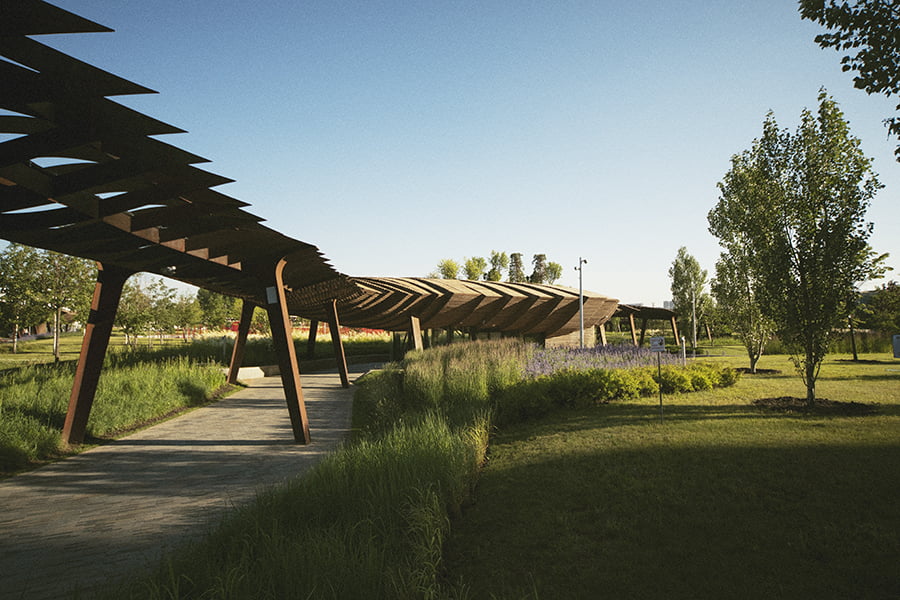
Planting drought-tolerant grasses is an excellent way to create a budget-friendly xeriscape. Drought-tolerant grasses are able to survive in hot, dry climates with little or no supplemental irrigation.
These types of grasses are typically low maintenance and require less mowing than traditional lawns, making them ideal for those looking to save money on their landscaping costs. These grasses can help reduce the amount of water used in your yard by up to 50%.
With the right selection of drought-tolerant grasses, you can create a beautiful landscape without breaking the bank!
Using Mulch to Retain Moisture in the Soil
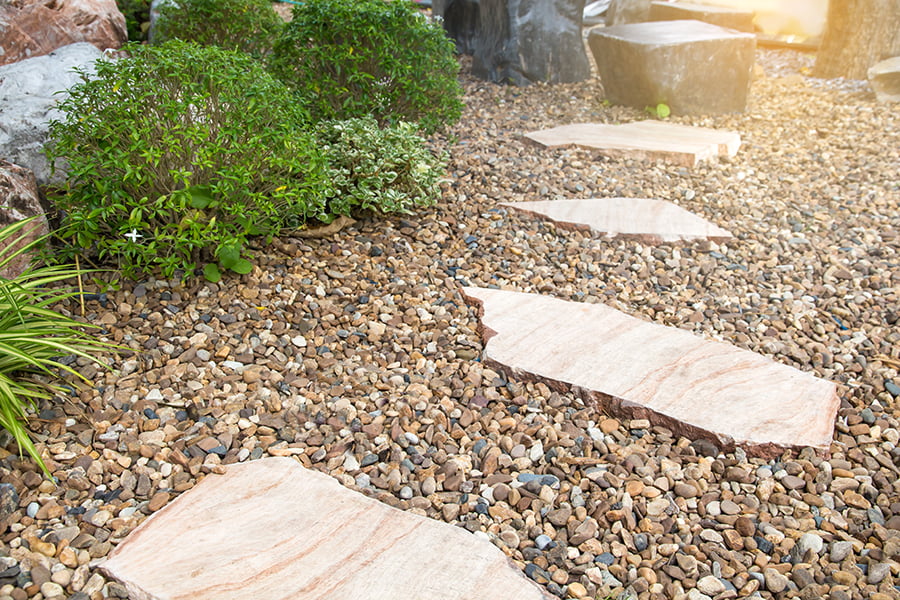
It helps to reduce evaporation and keep the soil cool, which can help plants survive during hot, dry weather. Mulch also prevents weeds from growing and keeps the soil loose so that water can penetrate more easily.
When using mulch for xeriscaping, it’s important to choose one that is organic and biodegradable. This will ensure that it breaks down over time and adds nutrients back into the soil as it decomposes.
Applying mulch in a thick layer of two or three inches will help keep moisture in the ground longer than if you were to use a thin layer of mulch.
Grouping Plants Together for Better Water Efficiency
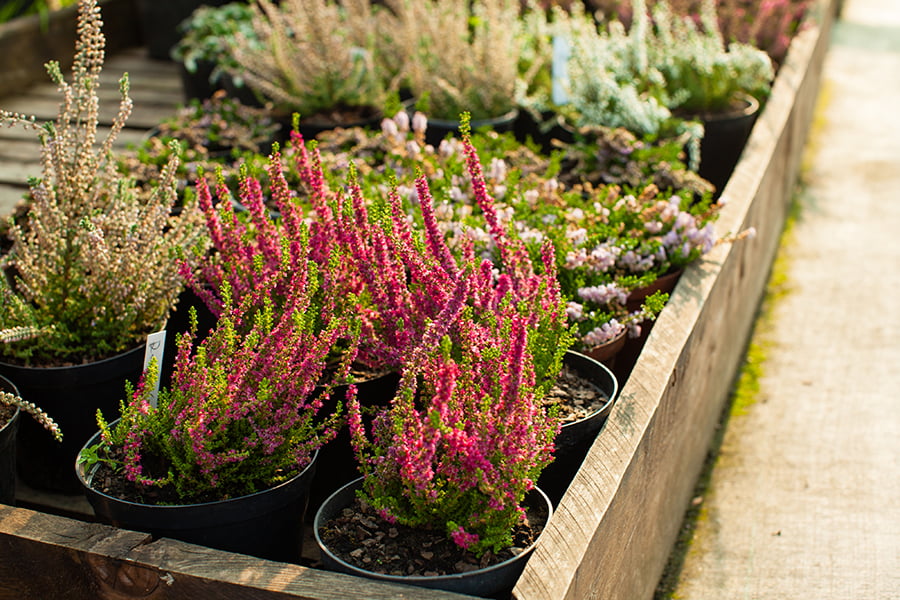
This technique involves planting multiple species of plants in the same area, which helps them share and conserve water more efficiently than if they were planted separately. By grouping plants together, their roots can access a larger area of soil and moisture, allowing them to draw from a shared pool of resources instead of competing for individual supplies.
This method allows for better air circulation between the plants, reducing the risk of disease or pests that could otherwise spread quickly through single-species plantings. Grouping plants together creates a visually appealing landscape with greater variety and texture than what would be achieved by planting each species individually.
Creating Rock Gardens With Succulents and Cacti
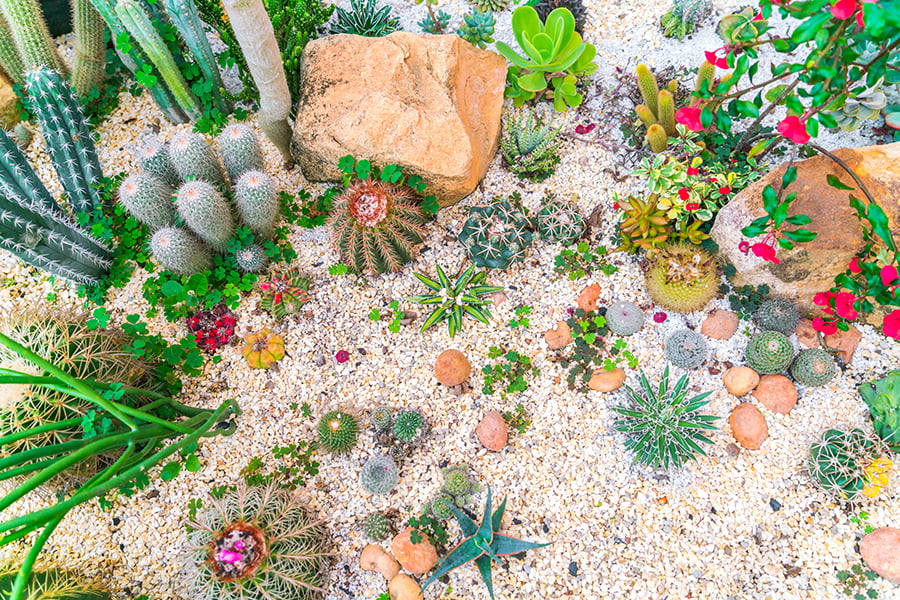
This type of garden requires minimal maintenance, as the plants are drought tolerant and require little water. To create a rock garden, you will need rocks of various sizes, soil, and succulents or cacti.
Start by laying down the largest rocks first to form the base of your garden. Then add smaller rocks around them to fill in any gaps.
Once you have your desired shape for your rock garden, add soil on top of it and spread it evenly across the surface. Plant your succulents or cacti in between the rocks so that they are secure and won’t move around when watered or during windy days.
With this simple process you can create an attractive low-maintenance xeriscape that will last for years!
Adding Rain Barrels to Capture Runoff From Roofs and Gutters
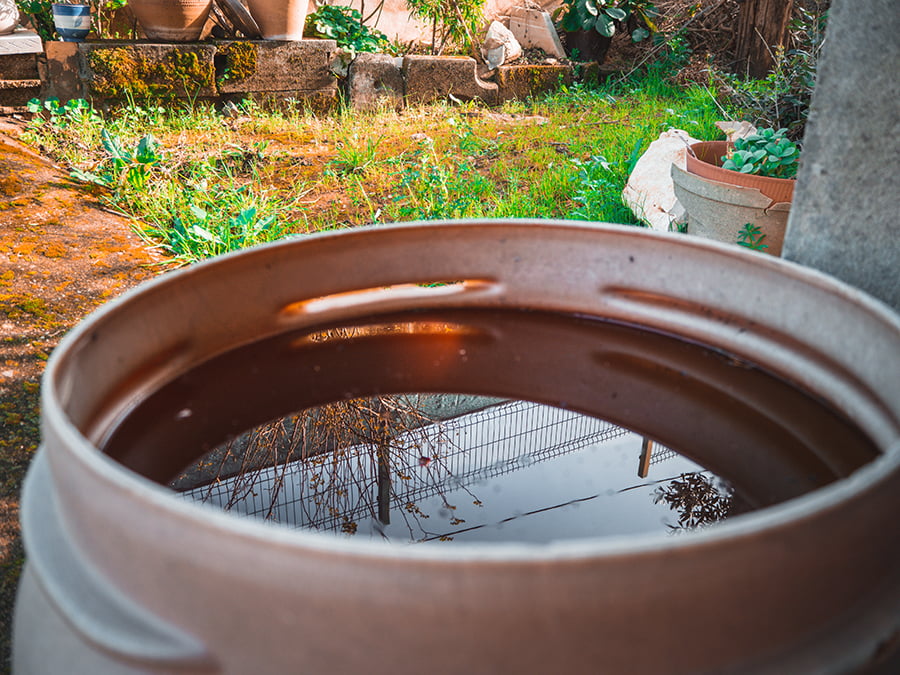
Rain barrels are containers that collect water from rooftops or gutters, allowing it to be reused for irrigation purposes. This helps reduce the amount of water used for landscaping, as well as reducing the amount of runoff that can cause erosion and pollution in nearby waterways.
Installing rain barrels is relatively easy and inexpensive, making them an ideal choice for those looking to save money on their xeriscaping projects. They can be used in combination with other xeriscaping techniques such as mulching or drip irrigation systems to further reduce water usage while still maintaining a beautiful landscape.
